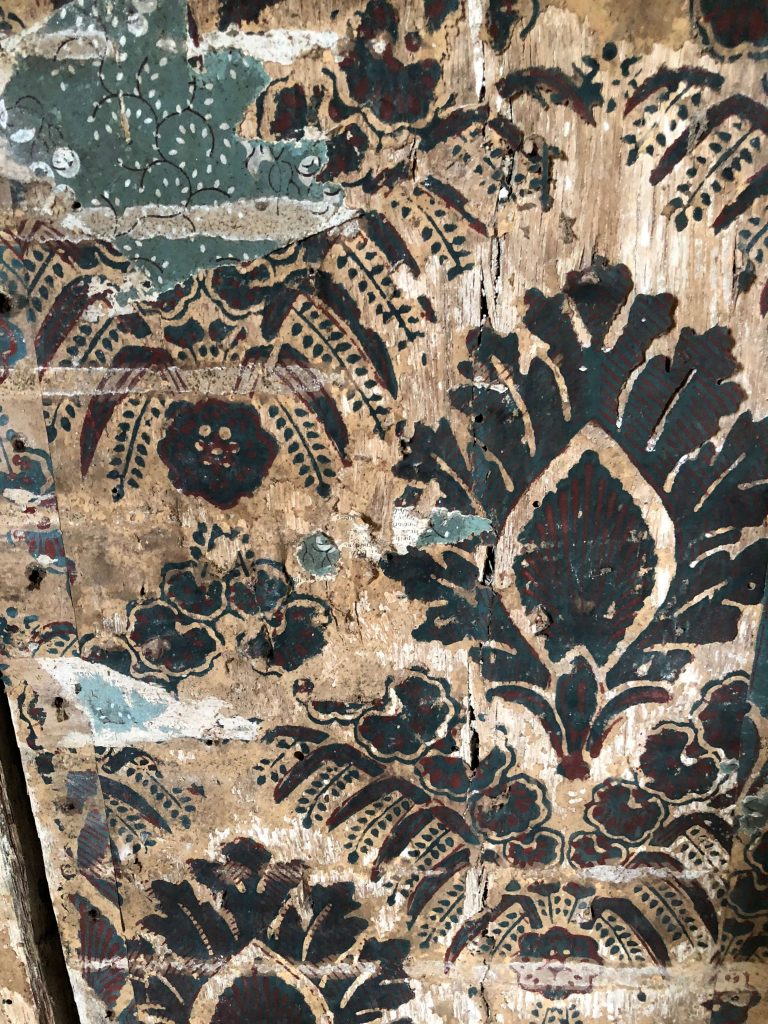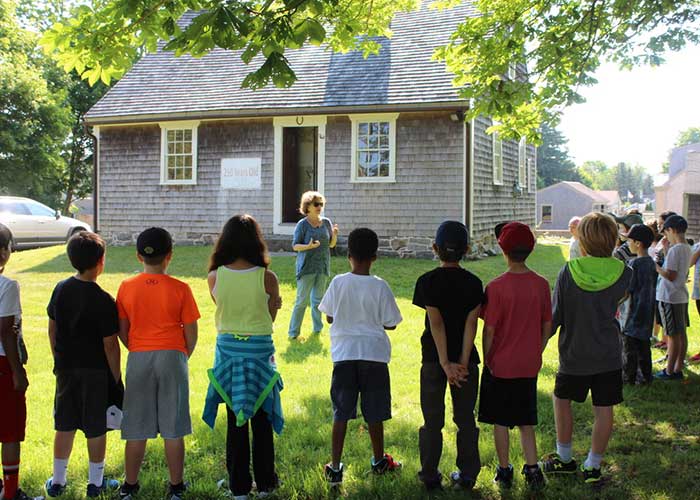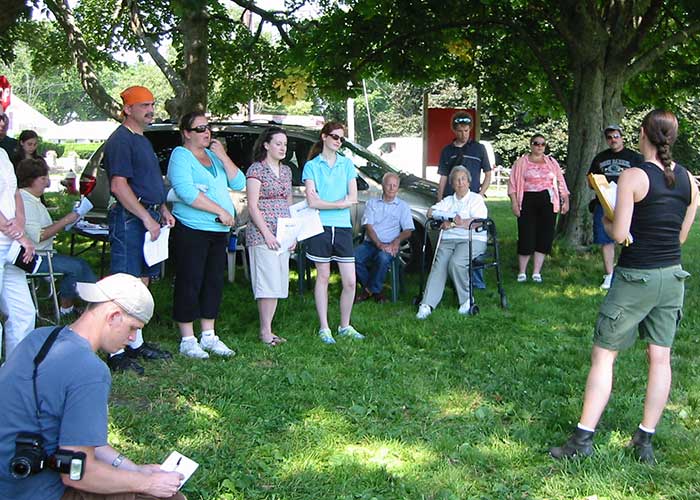DHPT Receives a Grant from the National Trust for Historic Preservation
In Search of Incorporating Special Protections in the Sitting Room: Apply for a Grant! In July, 2018, the National Trust for Historic Preservation awarded a $13,000 grant from the Cynthia […]
DHPT Receives a Grant from the National Trust for Historic Preservation Read More »




